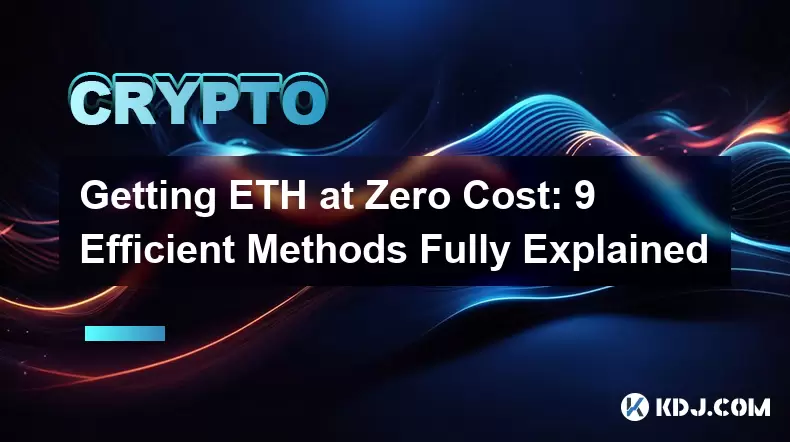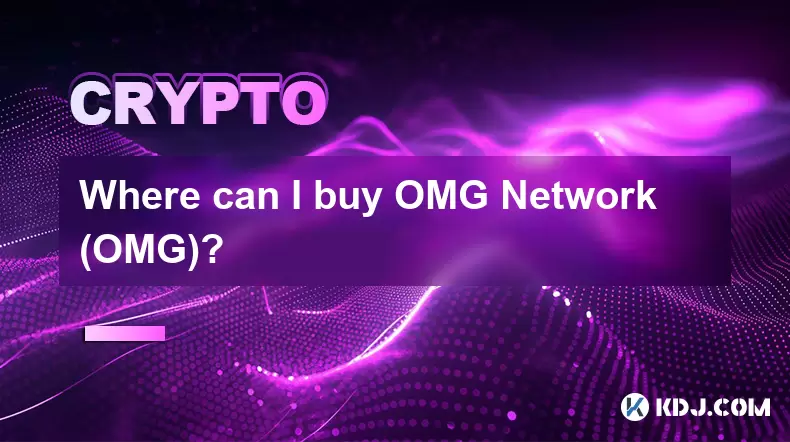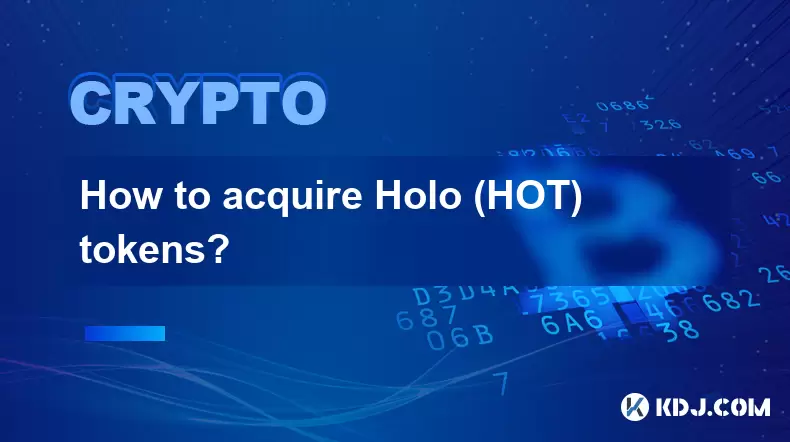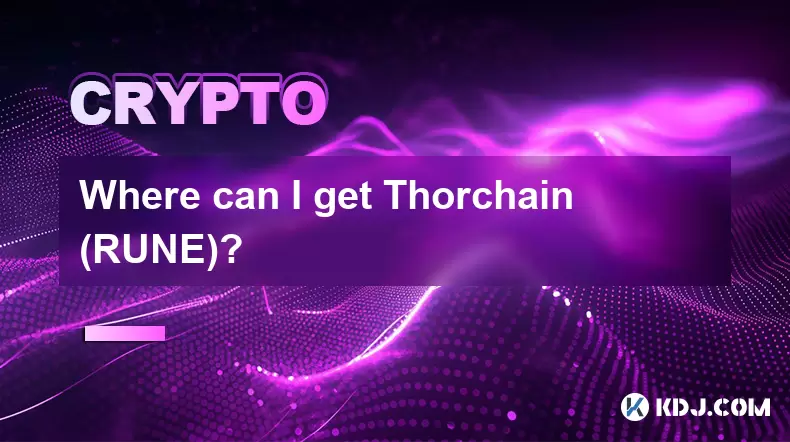-
 Bitcoin
Bitcoin $117500
2.15% -
 Ethereum
Ethereum $3911
6.19% -
 XRP
XRP $3.316
10.79% -
 Tether USDt
Tether USDt $1.000
0.01% -
 BNB
BNB $787.2
2.24% -
 Solana
Solana $175.2
4.15% -
 USDC
USDC $0.9999
0.00% -
 Dogecoin
Dogecoin $0.2225
8.40% -
 TRON
TRON $0.3383
0.28% -
 Cardano
Cardano $0.7868
6.02% -
 Stellar
Stellar $0.4382
9.34% -
 Hyperliquid
Hyperliquid $40.92
7.56% -
 Sui
Sui $3.764
7.63% -
 Chainlink
Chainlink $18.48
10.66% -
 Bitcoin Cash
Bitcoin Cash $582.1
1.88% -
 Hedera
Hedera $0.2601
6.30% -
 Avalanche
Avalanche $23.33
4.94% -
 Ethena USDe
Ethena USDe $1.001
0.02% -
 Litecoin
Litecoin $122.3
2.04% -
 UNUS SED LEO
UNUS SED LEO $8.969
-0.27% -
 Toncoin
Toncoin $3.339
0.86% -
 Shiba Inu
Shiba Inu $0.00001287
4.30% -
 Uniswap
Uniswap $10.43
7.38% -
 Polkadot
Polkadot $3.861
5.08% -
 Dai
Dai $1.000
0.02% -
 Bitget Token
Bitget Token $4.513
3.41% -
 Monero
Monero $267.7
-6.18% -
 Cronos
Cronos $0.1499
4.14% -
 Pepe
Pepe $0.00001110
5.15% -
 Aave
Aave $284.9
8.28%
Getting ETH at Zero Cost: 9 Efficient Methods Fully Explained
Learn 9 efficient ways to get ETH for free, from crypto faucets to blockchain gaming, each method fully explained for maximizing your earnings.
May 31, 2025 at 05:07 am

Getting ETH at Zero Cost: 9 Efficient Methods Fully Explained
Acquiring Ethereum (ETH) at zero cost can seem like a daunting task, but with the right strategies and platforms, it is entirely feasible. This article will delve into 9 efficient methods that you can use to obtain ETH without spending money out of pocket. Each method will be explained in detail, ensuring you have a comprehensive understanding of how to leverage these opportunities within the cryptocurrency circle.
Method 1: Crypto Faucets
Crypto faucets are websites or applications that distribute small amounts of cryptocurrency, including ETH, for free. They typically require users to complete simple tasks like solving captchas or watching advertisements.
- Choose a reputable faucet: Research and select a faucet that has a good reputation and has been paying out consistently.
- Complete the tasks: Follow the instructions on the faucet to complete the required tasks.
- Withdraw your ETH: Once you have accumulated enough ETH to meet the withdrawal threshold, initiate a withdrawal to your Ethereum wallet.
Faucets are a straightforward way to get started with ETH, though the amounts earned may be minimal, they can add up over time.
Method 2: Airdrops
Airdrops are promotional events where new cryptocurrency projects distribute free tokens or coins, including ETH, to their community. These events are often used to increase awareness and incentivize participation.
- Stay informed: Follow cryptocurrency news and join relevant social media channels to stay updated on upcoming airdrops.
- Participate in the airdrop: Follow the specific instructions provided by the project, which may include signing up, completing social media tasks, or holding a certain amount of another cryptocurrency.
- Claim your ETH: Once the airdrop is complete, follow the instructions to claim and transfer your ETH to your wallet.
Airdrops can be a lucrative way to acquire ETH, but it's important to verify the legitimacy of the project to avoid scams.
Method 3: Referral Programs
Many cryptocurrency platforms and exchanges offer referral programs that reward users with ETH for bringing in new users.
- Sign up for a platform with a referral program: Choose a reputable platform that offers ETH as a referral reward.
- Share your referral link: Promote your unique referral link through social media, forums, or personal networks.
- Earn ETH: As new users sign up and meet the platform's requirements, you will receive ETH as a reward.
Referral programs can be an effective way to earn ETH, especially if you have a strong network within the crypto community.
Method 4: Staking Rewards
Staking is the process of holding funds in a cryptocurrency wallet to support the operations of a blockchain network. In return, stakers are often rewarded with additional cryptocurrency, including ETH.
- Choose a staking platform: Select a reputable staking platform that supports ETH staking.
- Deposit your ETH: Transfer your ETH to the staking platform and follow their instructions to start staking.
- Earn staking rewards: Over time, you will earn additional ETH as staking rewards, which can be withdrawn to your wallet.
Staking is a passive way to earn ETH, but it requires an initial investment of ETH to get started.
Method 5: Mining
Mining involves using computational power to validate transactions on the Ethereum blockchain and is rewarded with ETH. While mining can be complex and resource-intensive, it remains a viable method for acquiring ETH.
- Set up mining hardware: Purchase or rent the necessary mining hardware, such as GPUs or ASICs, optimized for Ethereum mining.
- Join a mining pool: To increase your chances of earning ETH, join a reputable mining pool where you can combine your computational power with others.
- Configure your mining software: Set up and configure your mining software to connect to the mining pool and start mining.
- Earn and withdraw ETH: As you mine ETH, you will accumulate rewards which can be withdrawn to your wallet.
Mining can be a lucrative way to earn ETH, but it requires a significant upfront investment in hardware and electricity costs.
Method 6: Trading Competitions
Some cryptocurrency exchanges host trading competitions where participants can earn prizes, including ETH, based on their trading performance.
- Choose a reputable exchange: Select an exchange that frequently hosts trading competitions and offers ETH as prizes.
- Participate in the competition: Follow the rules and guidelines of the competition, which may involve trading a certain volume or achieving specific performance metrics.
- Win and claim your ETH: If you perform well in the competition, you can win ETH prizes, which can be withdrawn to your wallet.
Trading competitions can be an exciting way to earn ETH, but they require trading skills and a willingness to take on risk.
Method 7: Bounty Programs
Bounty programs are initiatives run by cryptocurrency projects to reward users for completing specific tasks, such as bug hunting, social media promotion, or content creation.
- Find a bounty program: Research and select a bounty program that offers ETH as rewards and aligns with your skills and interests.
- Complete the tasks: Follow the instructions provided by the project to complete the required tasks.
- Claim your ETH: Once your tasks are approved, you can claim and withdraw your ETH rewards to your wallet.
Bounty programs can be a rewarding way to earn ETH, but it's important to choose projects with a good reputation to ensure you get paid.
Method 8: Educational Platforms
Some educational platforms in the cryptocurrency space offer rewards, including ETH, for completing courses or quizzes.
- Choose an educational platform: Select a reputable platform that offers ETH as rewards for educational activities.
- Complete the courses or quizzes: Follow the platform's instructions to complete the required educational content.
- Earn and withdraw ETH: Once you have completed the tasks, you can earn and withdraw your ETH rewards to your wallet.
Educational platforms can be a fun and informative way to earn ETH, but the rewards may be limited compared to other methods.
Method 9: Gaming and NFTs
The rise of blockchain gaming and non-fungible tokens (NFTs) has created new opportunities to earn ETH by participating in games or trading digital assets.
- Choose a blockchain game or NFT platform: Select a reputable platform that offers ETH as rewards for gaming or NFT activities.
- Participate in the game or trade NFTs: Follow the platform's instructions to play the game or trade NFTs.
- Earn and withdraw ETH: As you progress in the game or successfully trade NFTs, you can earn ETH rewards, which can be withdrawn to your wallet.
Gaming and NFTs can be an engaging way to earn ETH, but it requires time and effort to achieve significant rewards.
Frequently Asked Questions:
Q1: Are there any risks associated with these methods of acquiring ETH for free?
A1: Yes, there are risks involved with each method. For example, crypto faucets and airdrops can be associated with scams, mining requires a significant investment in hardware, and trading competitions involve market risk. It's important to do thorough research and understand the potential risks before engaging in any of these methods.
Q2: How much ETH can I realistically expect to earn using these methods?
A2: The amount of ETH you can earn varies widely depending on the method and your level of engagement. Faucets and airdrops may yield small amounts, while mining and staking can potentially offer more substantial rewards, but require an initial investment. The key is to set realistic expectations and understand that earning significant amounts of ETH for free will require time and effort.
Q3: Can I combine multiple methods to increase my chances of earning ETH?
A3: Yes, combining multiple methods can be an effective strategy to maximize your earnings. For example, you could participate in airdrops, engage in bounty programs, and also stake your earned ETH to earn additional rewards. Diversifying your approach can help you accumulate ETH more efficiently.
Q4: Do I need any technical skills to use these methods?
A4: The level of technical skill required varies by method. For instance, using crypto faucets and participating in airdrops require minimal technical knowledge, while mining and staking may require more technical understanding and setup. Educational platforms can help you gain the necessary skills if you're new to the crypto space.
Disclaimer:info@kdj.com
The information provided is not trading advice. kdj.com does not assume any responsibility for any investments made based on the information provided in this article. Cryptocurrencies are highly volatile and it is highly recommended that you invest with caution after thorough research!
If you believe that the content used on this website infringes your copyright, please contact us immediately (info@kdj.com) and we will delete it promptly.
- XRP ETF, Bitcoin ETF, and Japan: A New Era for Crypto Investing?
- 2025-08-08 14:30:12
- Crypto, Congress, and Bills: Navigating the Regulatory Landscape in 2025
- 2025-08-08 14:30:12
- Union Jack Oil, Unused Gas, and Bitcoin: A New York Minute on UK's Crypto-Energy Play
- 2025-08-08 14:50:12
- Bitcoin Price: Bullish Flag Points to $123K Breakout?
- 2025-08-08 14:50:12
- Crypto Group's WNBA Dildo Toss: Meme Coin Mania or Just Plain Dumb?
- 2025-08-08 14:55:13
- Stablecoins, Hong Kong, and On-Chain Finance: Navigating the Regulatory Maze
- 2025-08-08 12:30:12
Related knowledge

Where can I buy UMA (UMA)?
Aug 07,2025 at 06:42pm
Understanding UMA and Its Role in Decentralized FinanceUMA (Universal Market Access) is an Ethereum-based decentralized finance (DeFi) protocol design...

Where can I purchase Siacoin (SC)?
Aug 08,2025 at 11:14am
Understanding Siacoin (SC) and Its Role in the Sia NetworkSiacoin (SC) is the native cryptocurrency of the Sia decentralized cloud storage platform, a...

Where can I buy OMG Network (OMG)?
Aug 08,2025 at 12:57pm
Understanding OMG Network (OMG) and Its PurposeThe OMG Network, originally known as OmiseGO, is a layer-2 scaling solution built on the Ethereum block...

What exchanges support buying IOTA (MIOTA)?
Aug 07,2025 at 09:58pm
Understanding the Role of Private Keys in Cryptocurrency SecurityIn the world of cryptocurrency, private keys are the cornerstone of ownership and con...

How to acquire Holo (HOT) tokens?
Aug 08,2025 at 05:56am
Understanding Holo (HOT) and Its EcosystemHolo (HOT) is a cryptocurrency token associated with the Holo ecosystem, which is built on the Holochain fra...

Where can I get Thorchain (RUNE)?
Aug 08,2025 at 08:07am
Understanding the Role of Seed Phrases in Cryptocurrency WalletsA seed phrase, also known as a recovery phrase or mnemonic phrase, is a critical compo...

Where can I buy UMA (UMA)?
Aug 07,2025 at 06:42pm
Understanding UMA and Its Role in Decentralized FinanceUMA (Universal Market Access) is an Ethereum-based decentralized finance (DeFi) protocol design...

Where can I purchase Siacoin (SC)?
Aug 08,2025 at 11:14am
Understanding Siacoin (SC) and Its Role in the Sia NetworkSiacoin (SC) is the native cryptocurrency of the Sia decentralized cloud storage platform, a...

Where can I buy OMG Network (OMG)?
Aug 08,2025 at 12:57pm
Understanding OMG Network (OMG) and Its PurposeThe OMG Network, originally known as OmiseGO, is a layer-2 scaling solution built on the Ethereum block...

What exchanges support buying IOTA (MIOTA)?
Aug 07,2025 at 09:58pm
Understanding the Role of Private Keys in Cryptocurrency SecurityIn the world of cryptocurrency, private keys are the cornerstone of ownership and con...

How to acquire Holo (HOT) tokens?
Aug 08,2025 at 05:56am
Understanding Holo (HOT) and Its EcosystemHolo (HOT) is a cryptocurrency token associated with the Holo ecosystem, which is built on the Holochain fra...

Where can I get Thorchain (RUNE)?
Aug 08,2025 at 08:07am
Understanding the Role of Seed Phrases in Cryptocurrency WalletsA seed phrase, also known as a recovery phrase or mnemonic phrase, is a critical compo...
See all articles

























































































